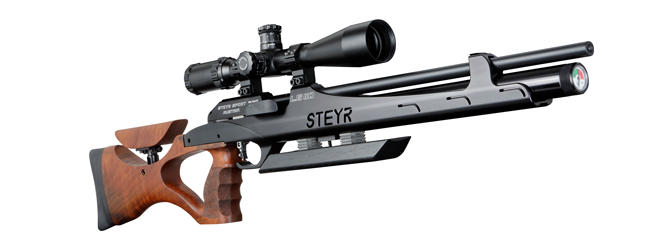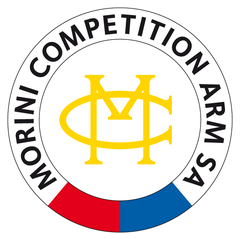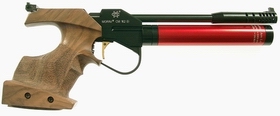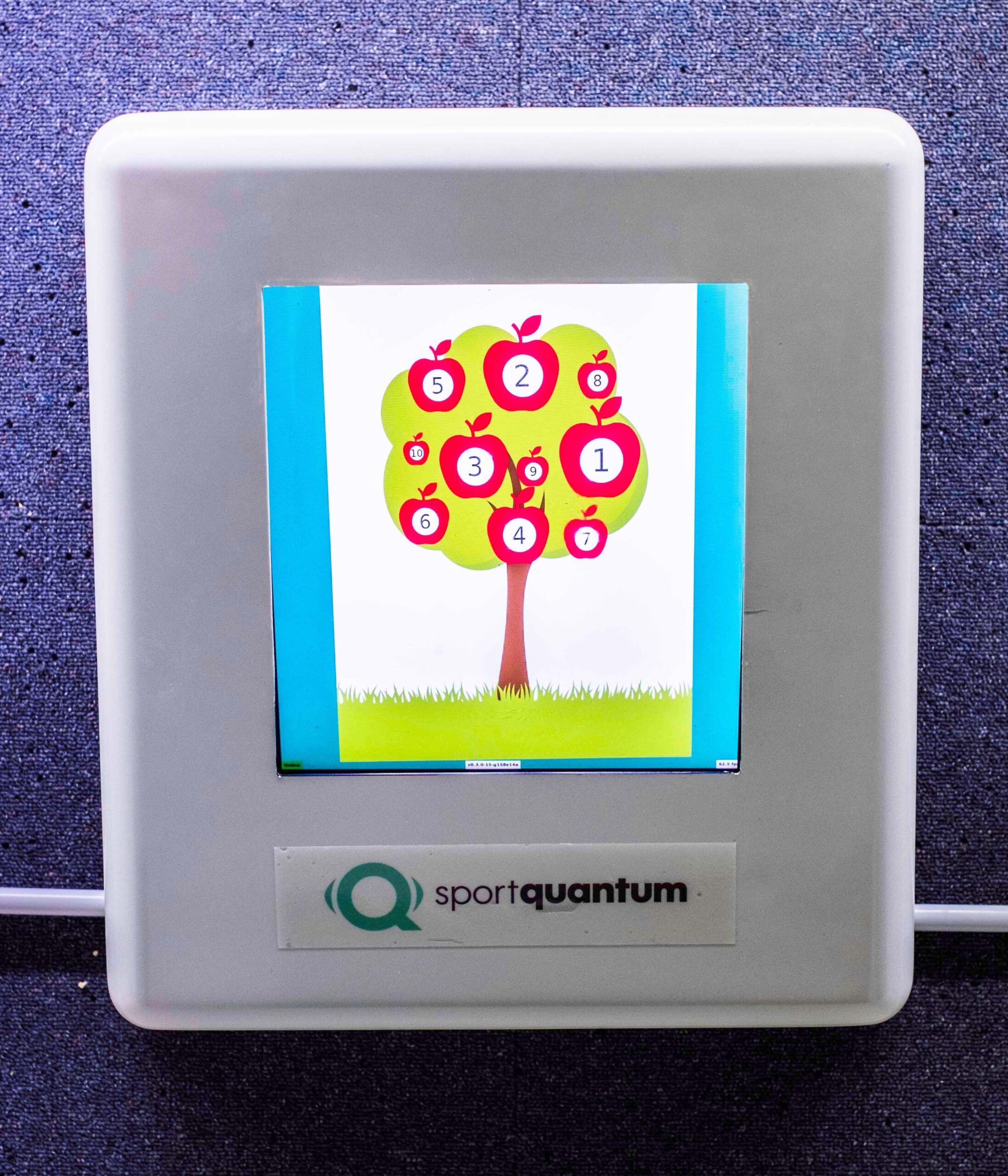Categories
Reviews / Testimonials
Social Media
The following guidelines aim to provide some of the basic dos and don’ts of competition shooting. Although originally compiled for the newer shooter, they apply equally to those trying to achieve a performance goal in the home club environment.
Equipment
Draw up an equipment checklist, and physically check every item before departing for the range, as an empty ammo packet or magazine pouch will be no more use than a full one left at home.
Check pistol dimensions and trigger weights well before a competition, and if any adjustments are required, check that the pistol still functions properly at the new settings. Trigger mechanisms are particularly susceptible to change when being transported and may also be temperature sensitive, so a safety margin of at least 10 percent above the recommended minimum is recommended. Check trigger weights again on arrival, avoid a last minute rush at the gun-check, and have the necessary tools and a copy of the trigger adjustment instructions available, just in case!
Similarly, draw up a sight adjustment diagram for each pistol, and consult this card every time an adjustment is required. Sounds unnecessary? Not so, some of the best shooters in the country have lost points at major competitions through incorrect sight adjustments, and it can happen to any of us.
Don’t change to a new batch of ammunition for a competition, without first checking that it will function the pistol. Not only do different “lots” of ammo vary, pistols also change as parts wear and springs lose tension. Ammunition that worked perfectly six months ago may now prove unreliable. Similarly, a new batch of powder, primers or projectiles may affect the performance of a proven centre-fire load.
Don’t clean pistols before a match without subsequent function testing. Many pistols work best when a build-up of residue “buffers” the mechanism, or dulls some of the sharp edges around feed ramps etc, and cleaning can upset this balance. The most outstanding example 1 have seen of this problem was a Hammerli 232 that was hopelessly unreliable for up to 300 rounds after each cleaning, but would function flawlessly thereafter. As it happened, the owner was very meticulous and couldn’t stand having a “dirty” pistol, so this situation produced a level of exasperation bordering on nervous breakdown.
Match Preparation:
Draw up a checklist of things to do before leaving home. It’s difficult to concentrate on shooting if we aren’t sure whether or not we left the hose running. Similarly, try to tidy up any loose ends at work in the days before a competition. This isn’t always possible of course, but the less distractions we have, the better our performance is likely to be.
Try to avoid heavy physical work or strenuous exercise before shooting.
Plan to arrive early, leaving plenty of time to get organised, particularly when shooting on an unfamiliar range where differences in the facilities may require some adaptation of our equipment or technique. For example, a range with a different orientation to the sun may require significant changes to normal sight settings, or perhaps a different bench layout may require repositioning of a spotting scope, etc.
Warm-up with some mild exercise and stretching before each event. Find a safe area to carry out a few lifting and sighting drills with the pistol, to get the mind and body into shooting mode. These should be repeated during preparation time.
Know the rules for the match/s being shot! At the very least, we need to develop a set of contingency plans to deal with malfunctions, although a full and written match plan is much better. Apart from the obvious technical value of a structured approach to the match, the concentration required to follow a comprehensive match plan keeps us focussed on the job, so we have no time to worry about scores, or to notice distractions such as that spunky .. no, too busy right now!
The match plan also provides a model for our mental rehearsal of the match, which should ideally be carried out at least daily in the run-up to competition, and again immediately prior to the event.
Match Strategy
We should begin with a mental rehearsal of our normal shot production sequence, then concentrate on applying this sequence throughout the match.
Avoid thinking about possible outcomes, such as a grade-break etc. Few of us can totally ignore progressive scores, but whether these are above or below expectations, they have little relevance during the match. Instead, concentrate on the production of the next shot or series.
Consciously relax between shots or series; diaphragm (stomach) breathing will help this process.
Keep an eye on weather conditions, be prepared to adjust the match plan for any changes in light, wind, etc.
Don’t try to analyse the cause of an unsatisfactory shot or series during the match. Contrary to popular misconception, reviewing errors is more likely to lead to repetition than correction. Instead, concentrate on the technique required to produce a good result!
In self-paced events, keep track of elapsed time / shots fired and adjust the match plan accordingly. The earlier we become aware of any imbalance in the time / shots equation, the less adjustment will be required to achieve a correction.
Of course, the above guidelines only reflect a few basic principles. Over time, we should aim to develop a comprehensive set of match-specific strategies that address our individual needs.

 Steyr
Steyr Air Pistols
Air Pistols Air Rifles
Air Rifles Morini
Morini 50m Pistol
50m Pistol Air Pistols
Air Pistols FEINWERKBAU
FEINWERKBAU Air Arms Air Rifles – You and Air Arms — A Winning Combination
Air Arms Air Rifles – You and Air Arms — A Winning Combination RINK CUSTOM MADE GRIPS
RINK CUSTOM MADE GRIPS Anschutz
Anschutz Sport Quantum Target Systems
Sport Quantum Target Systems